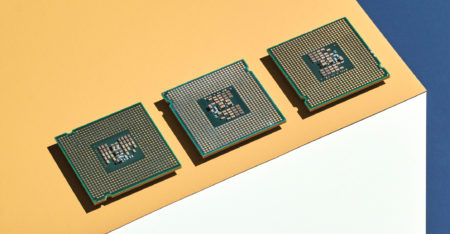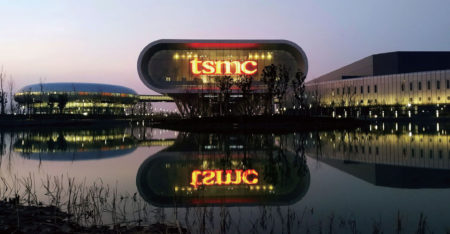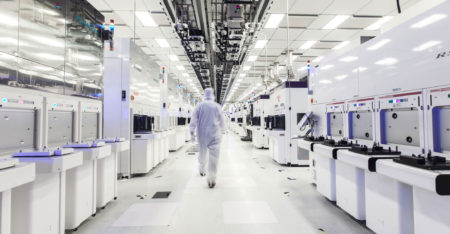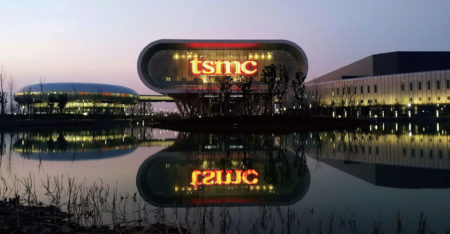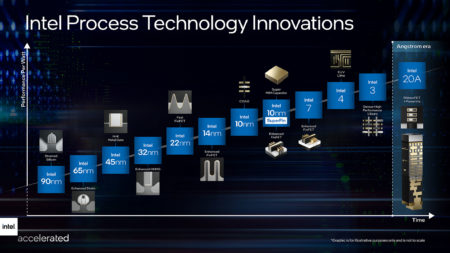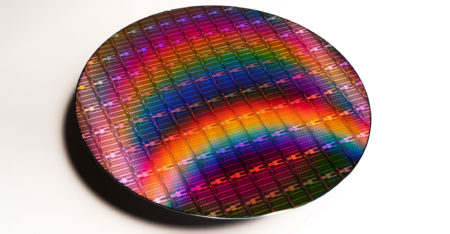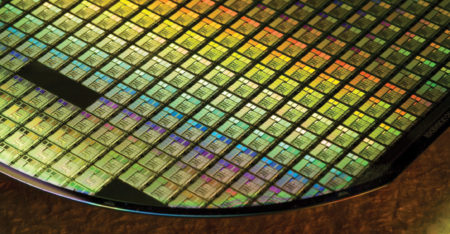An extremely expensive game of one-upmanship is being played out in the semiconductor industry where the winners will look like heroes and the rest may not even survive.
Browsing: TSMC
Intel’s future is looking a bit grim. And the reality is the chip maker’s problems are only going to get more challenging. By Tae Kim.
The latest data from the world’s biggest chip maker hints that strong demand is beginning to look like industry stockpiling. That could be a massive problem.
Apple is likely to slash its projected iPhone 13 production targets for 2021 by as many as 10 million units as prolonged chip shortages hit its flagship product.
Investors ought to be clamouring over GlobalFoundries’ $1-billion initial public offering. Except the company is struggling to make money in a chip boom.
The Taiwanese semiconductor giant said it is actively supporting and working with all stakeholders to overcome a global semiconductor shortage.
Shares in both Naspers and its European spinoff Prosus tumbled on Tuesday, following Tencent’s sharp fall after a Chinese state media article described online videogames as “spiritual opium”.
Intel said its factories will start making Qualcomm chips as it laid out a road map on Monday to expand its new foundry business to catch rivals such as Taiwan’s TSMC and Samsung Electronics by 2025.
Chip makers from Taiwan to the US are cranking up production to address shortages that have hammered car manufacturers and other customers as they try to emerge from the coronavirus pandemic.
The world’s most important chip maker expects revenue to climb 20% this year. But the incredible cost of meeting outsize demand is starting to eat away at the bottom line.


